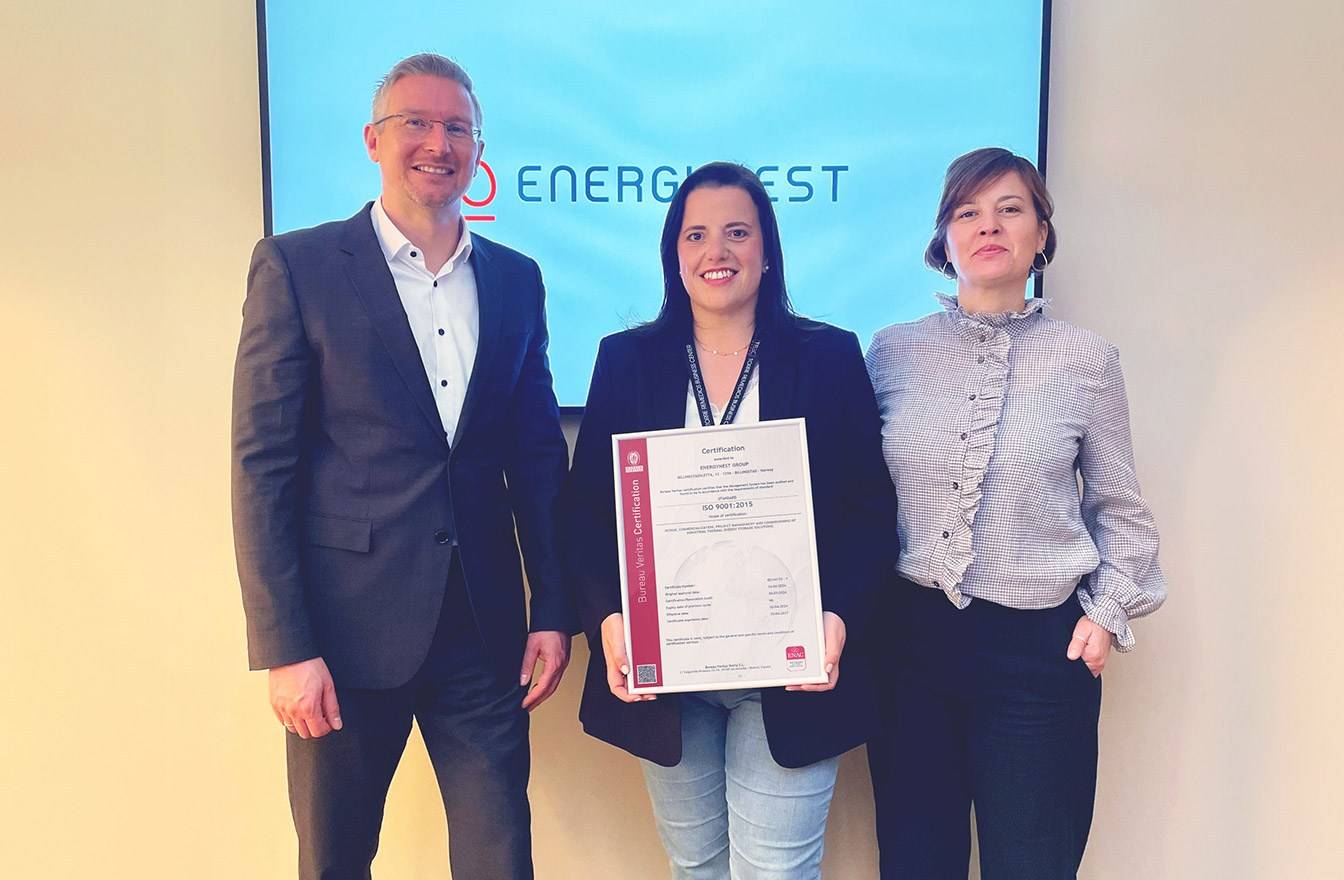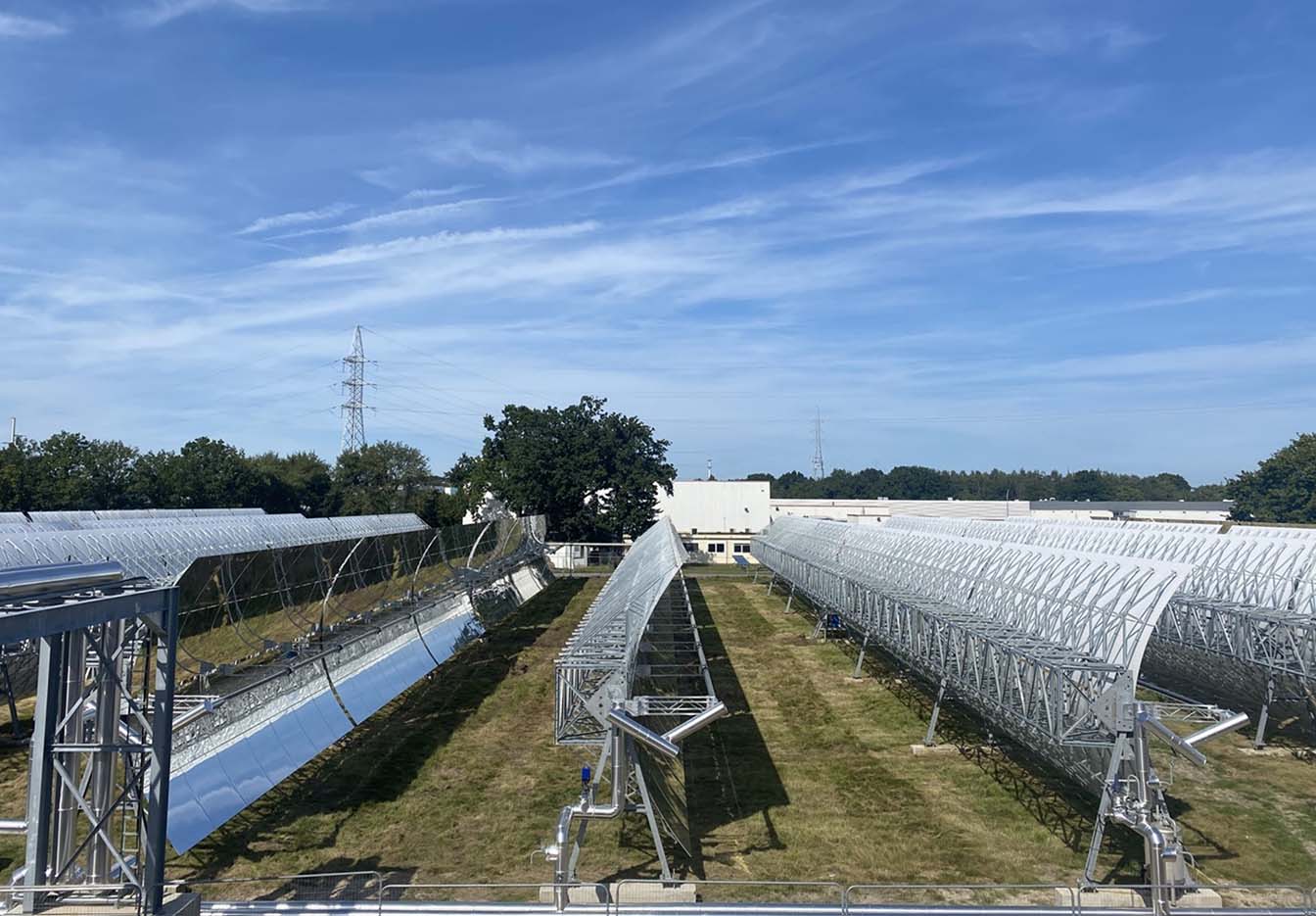China is leading the world in installed wind power capacity, yet falls behind the US when it comes to wind electricity delivered to the grid.
Why so? Because a large part of the energy is dumped, and therefore wasted. In 2015 alone, as much as 20% of all wind energy across China was curtailed, and in some provinces in the North as much as 43% (2016), peaking to 70% during winter season. The main reasons for this tremendous curtailment are local grid constraints, a mismatch between demand and supply, and a lack of market incentives to favour wind energy over coal. China is looking towards energy storage to provide a solution for this “waste problem.”
The Chinese Energy Storage Alliance (CNESA) released a white paper last year that almost solely focused on electrochemical batteries as the future of energy storage. And Elon Musk’s bold bet to solve South Australia’s power crisis in 100 days, likely at an installed cost of $400-600/kWh as stated by Tesla’s vice-president, “fuels the fire.” But energy storage is about more than solving power grid blackouts, and it is about more than just electric energy. In fact, the demand for heat can be many times larger than that for electricity. How about an energy storage that can promote a fully renewable energy supply, serving the electric grid as well as industries and household needs for heating, at an order of magnitude lower cost than batteries? This is where EnergyNest comes in.
Much of China’s electricity and district heat is currently provided by coal fired plants operating as combined heat and power plants. These plants produce electricity via a steam turbine, and hot water at the same time, reaching total energy efficiency in the range of 90%. However, the burning of coal is not just a great concern for global climate, but also one of the major local health issues in China.
With the EnergyNest solution, a high-temperature Thermal Energy Storage (TES) can be directly integrated within the coal power plant. The TES would charge at times of high winds, effectively reducing the power plant’s electricity output, thus allowing more wind energy on the grid and avoiding curtailment. When there is less wind, the TES would discharge directly to the steam cycle, reducing coal combustion by up to 10% but maintaining full electricity and district heating output. And the cost of energy storage would come at a fraction of electric batteries, combined with a lifecycle of several decades.
In the future, it will be possible to remove the coal furnace altogether and have the TES supply 100% of the electricity and heat demand, replacing coal with renewable energy. At the same time, the TES, as opposed to a coal furnace, would greatly improve the power plant’s flexibility while leveraging existing power plant infrastructure such as construction space, power block and district heating connections.
EnergyNest believes that the future of energy storage is about more than just batteries, and that high temperature TES will prove very attractive to the second largest economy of the world.



